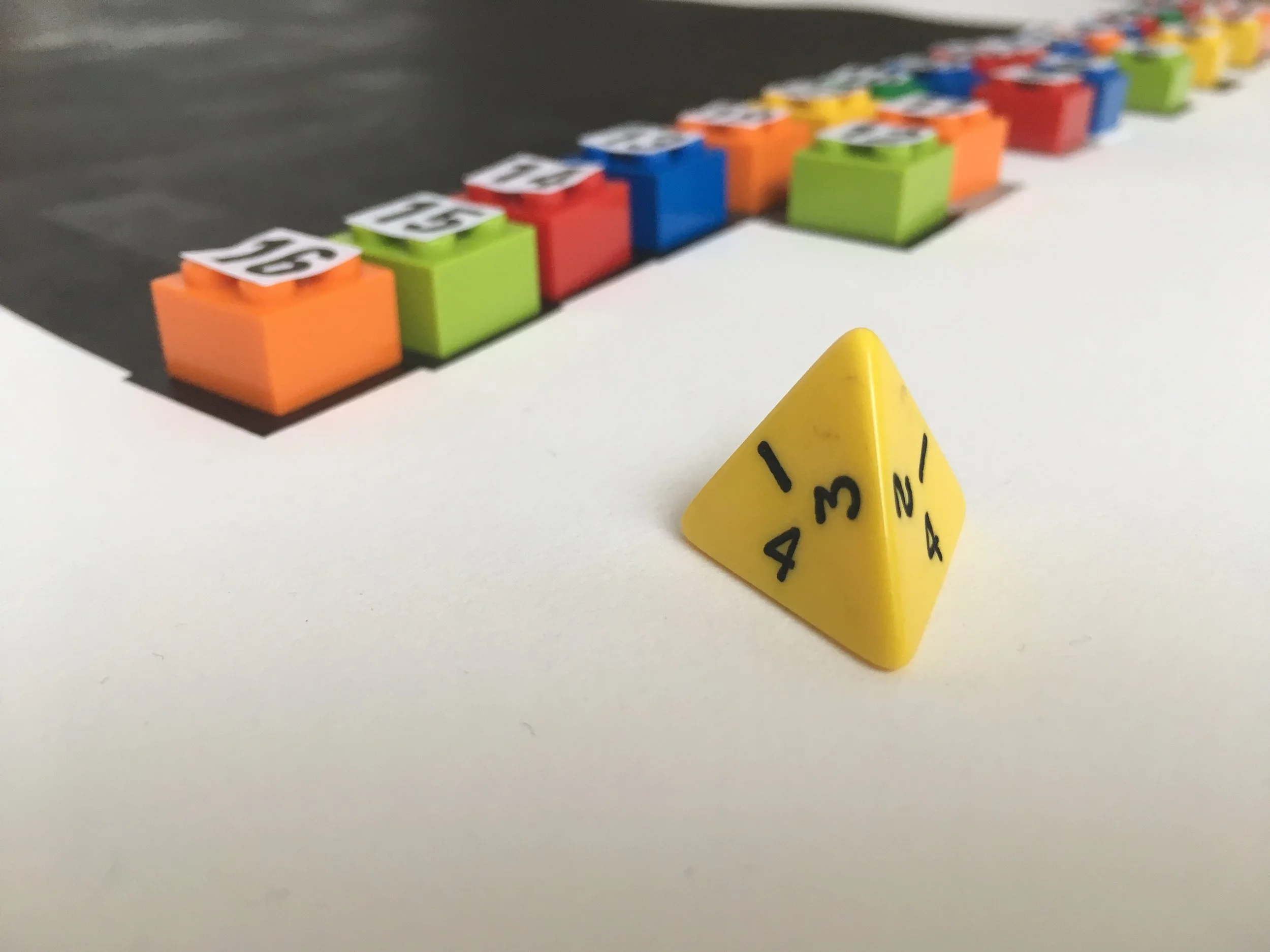
Wavefront



Wavefront is a systems-based response to the research into embryonic cell migration by researchers in the Department of Mathematical Sciences at the University of Bath. I was awarded a Visions of Science bursary by The Edge to collaborate with scientists at the university.
The researchers developed computer simulations to map embryonic cell migration that cause piebaldism (the white patches on the feet and stomach of otherwise black animals). Together with the researchers, Leonie developed parameters from the computer simulations to replicate a manual simulation using only a random number generator and a tetrahedral die. The rules agreed were a 16 x 40 domain, 9:1 proliferation: movement with 4 stages. What the researchers can run in seconds, took several days by manual simulation. Each step of the analogue process was documented, creating the animation, Wavefront. 9:1 proliferation: movement, 4 stages, 1,723 steps.
Research behind the response
Mathematical biologists at the University of Bath (Dr Kit Yates, Dr Tim Rogers and Dr Enrico Gavagnin) built computer models to map the migration of mammalian pigment cells. If there is a defect in the pigment cell behaviour the cells fail to reach their target destination causing white patches on the stomachs of the affected animals (piebaldism). This genetic mutation is responsible the distinctive tuxedo markings on famous (albeit fictional) cats like Sylvester in Looney Tunes or Jess in Postman Pat. The models showed, counter to intuition, that the mutation causes cells to migrate faster, but to reproduce more slowly. This finding is a significant step towards understanding a range of related developmental defects including some cancers and heart defects.
Rules for a systems-based response
Firstly, a cell is nominated with by the random number generator (RNG), then another RNG dictates at a ratio of 9:1 whether the cell will proliferate (age) or move. Finally, the tetrahedral die is rolled when the nominated cell reaches maturity to decide whether a daughter cell can be produced, or when the cell is nominated to move. The die nominates a cell in front, to either side or behind, and only if the cell is free can the cell reproduce or move accordingly. The accompanying animation documents each of the 1,723 steps to make Wavefront.
